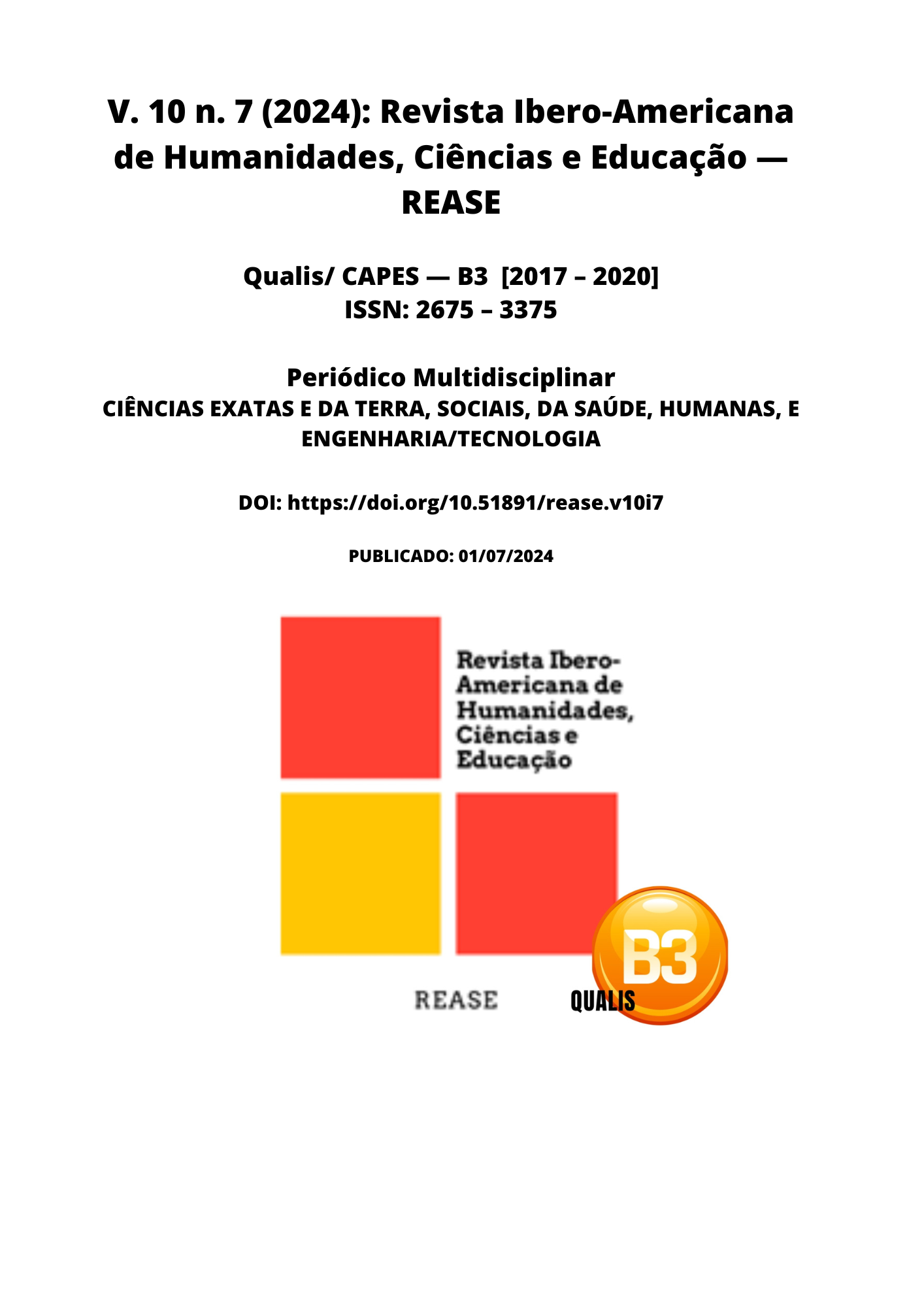EFFECTS OF EXPOSURE TO BISPHENOL A IN CHILDREN: A COMPREHENSIVE REVIEW
DOI:
https://doi.org/10.51891/rease.v10i7.13885Keywords:
Bisphenol A. Children. Exhibition.Abstract
Bisphenol A (BPA) exposure has been a growing concern due to its potential adverse health effects, especially in children. This comprehensive review aimed to evaluate the effects of exposure to BPA in children, addressing biological aspects, mechanisms of action, routes of exposure, population exposure levels and mitigation strategies. The systematic search identified 15 relevant studies, which addressed a variety of outcomes related to the effects of BPA in children. The results indicated that BPA exposure is associated with a range of adverse biological effects, including endocrine, metabolic, neurobehavioral and immunological disorders. BPA's mechanisms of action involve the activation of estrogenic and non-estrogenic receptors, resulting in hormonal dysregulation, cellular damage and oxidative stress. The main routes of exposure to BPA in children are ingestion of food and liquids contaminated by plastic packaging and exposure to everyday consumer products. Biomonitoring studies have shown that most children have detectable levels of BPA in their urine, reflecting widespread exposure. Mitigation strategies, such as reducing the use of plastics containing BPA and improving product labeling, have been proposed to reduce children's exposure to this compound. However, there are still gaps in knowledge, highlighting the need for additional research to better understand the long-term effects of BPA exposure in children and develop effective prevention strategies. In conclusion, exposure to BPA represents a significant challenge to children's health, and implementing effective public health policies and interventions is crucial to protect children against the adverse effects of this compound.
Downloads
Downloads
Published
How to Cite
Issue
Section
Categories
License
Atribuição CC BY

